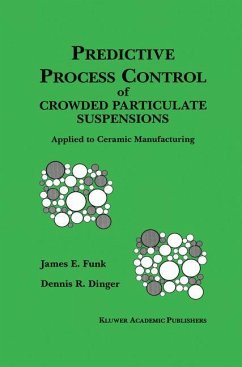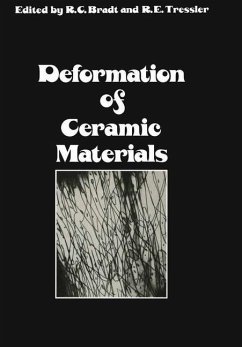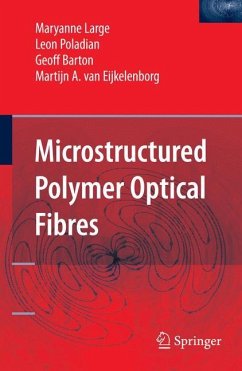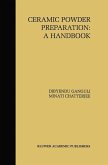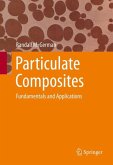Wisdom is the principal thing; therefore get wisdom; and with all thy getting, get understanding. Proverbs 4:7 In the early chapters of the book of Proverbs there is a strong emphasis on three words: knowledge, understanding, and wisdom. Perhaps we can apply these words to our philosophy behind the technology of Predictive Process Control. Knowledge is the accumulation of information provided by education as we begin to store the data in our brains that should prepare us for the challenges of the manufacturing environment. It applies to every level and every opportunity of education, formal and informal. This is simply to Know, without any requirement except a good memory, and is the basis for the following two thoughts. Understanding is the assimilation of knowledge, or the thinking process, as we begin to arrange and rearrange the data we Know for quick recall as it may be needed. This also applies to every level and opportunity of education. It is Know-Why based upon what we Know, and it requires some scepticism of oversimplified answers and a hunger for mental consistency. Wisdom is the application of both knowledge and understanding in real life enterprises. As we apply both our knowledge and understanding in those situations, all three are further enhanced by each progressive experience. This is that wonderful Know-How - to apply our education based upon Know-why, which was based upon Knowledge - which provides the confidence we need to advance in all phases of performance.
Bitte wählen Sie Ihr Anliegen aus.
Rechnungen
Retourenschein anfordern
Bestellstatus
Storno

